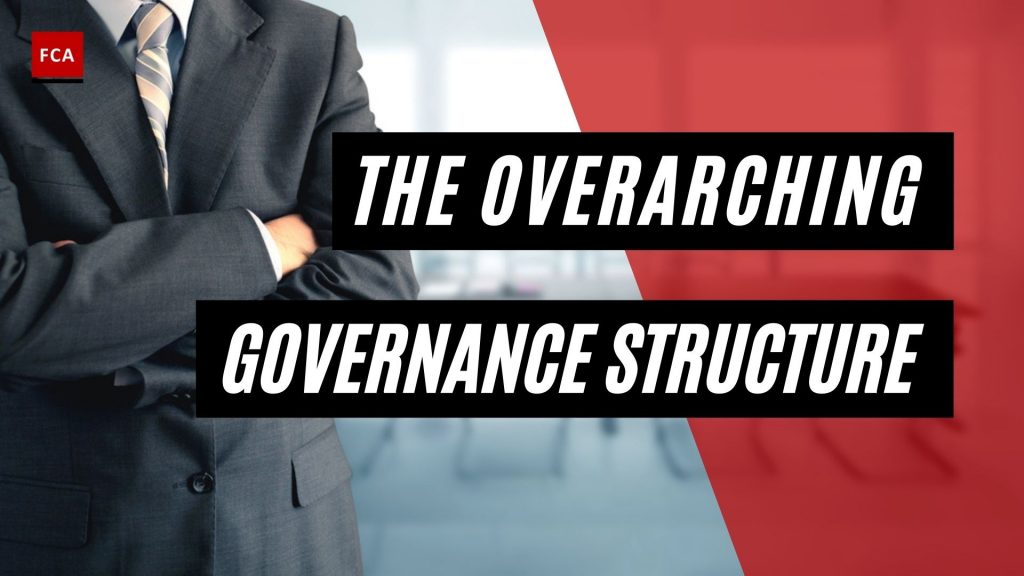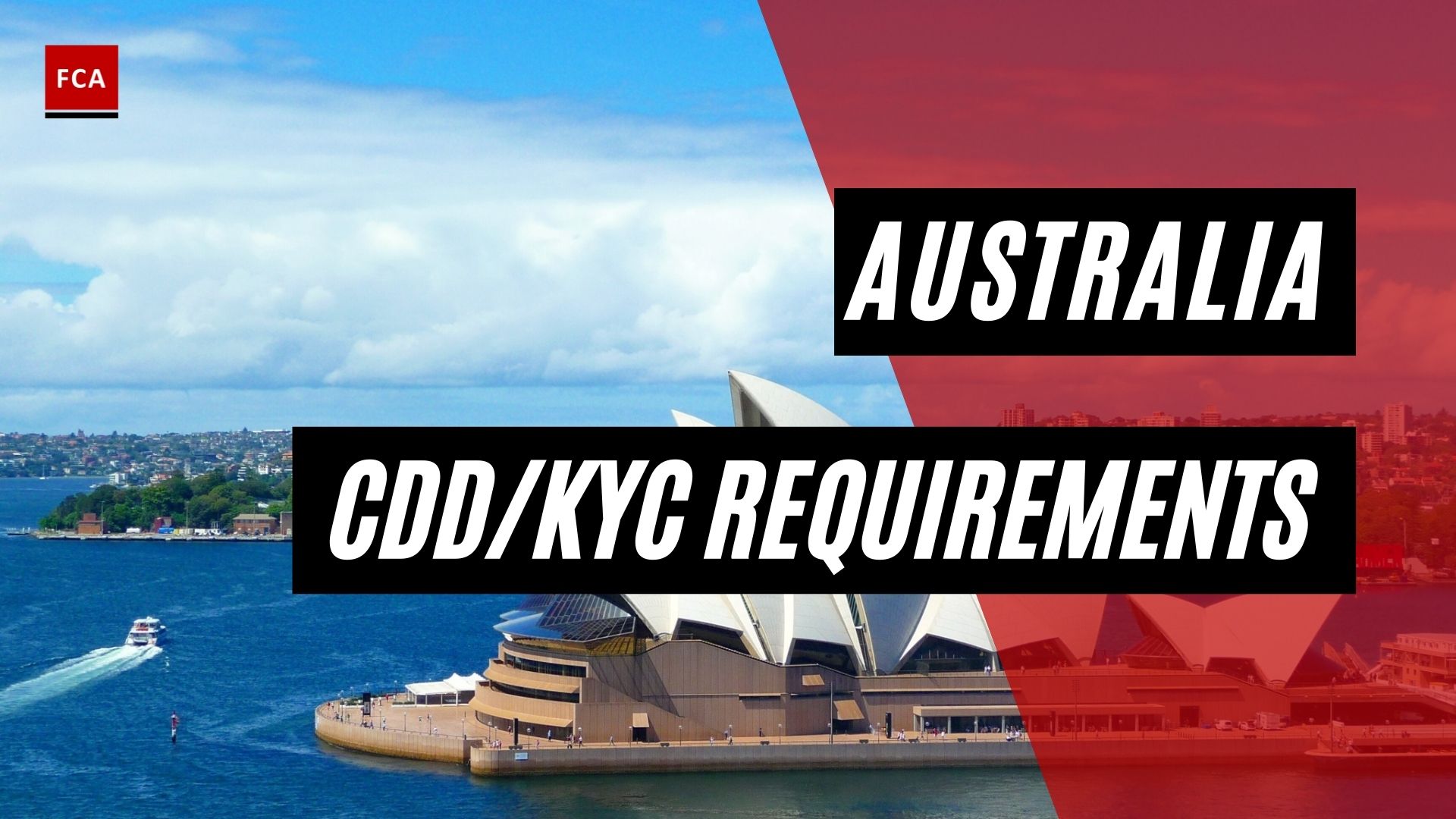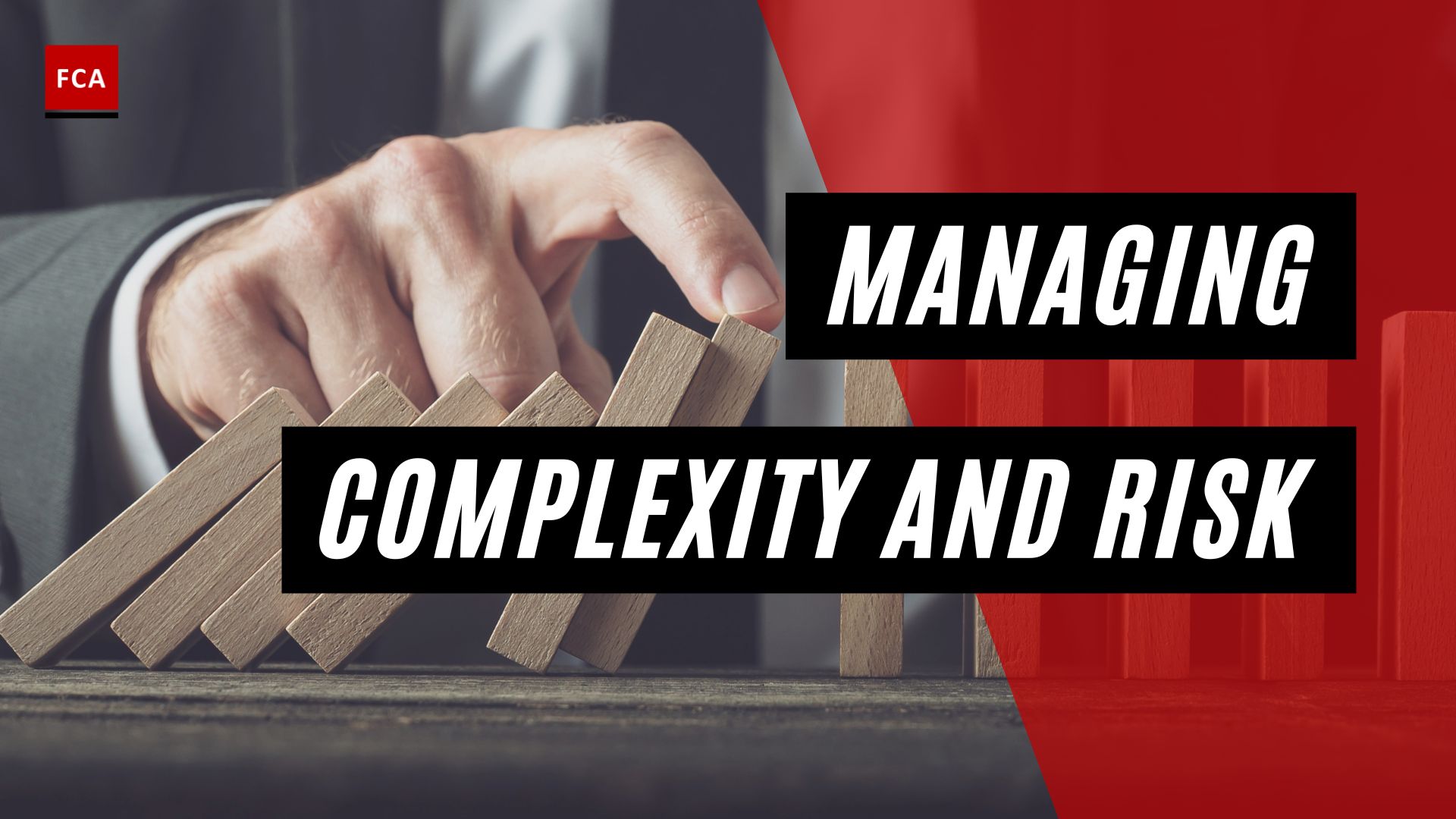The overarching governance structure. The basis of an efficient AML/CFT program is a strong governance structure, which includes the board of directors and senior management setting the tone at the top, selecting a competent chief AML/CFT officer, and adequately staffing the three lines of defense.
The Board of Directors is largely responsible for establishing a strong compliance culture and administering the compliance program in a company such as a bank or financial institution.

The Overarching Governance Structure
The “tone at the top” refers to the bank’s highest levels publicly committing to comply with AML/CFT standards as part of its fundamental purpose and acknowledging that this is vital to the bank’s broader risk management system.
To maintain good monitoring of the compliance culture, the Board of Directors establishes a sub-committee at the Board level to oversee management’s compliance procedures and measures on a regular basis.
Board Compliance Committee
The Board Compliance Committee may be delegated this role by the Board of Directors (BCC). BCC members have compliance meetings on a regular basis to examine and discuss serious compliance concerns, breaches, and new regulatory requirements.
The Board is responsible for maintaining a strong compliance culture and control environment. The Board offers supervision and assistance to the Compliance Committee and Senior Management in the implementation of the Board-approved Compliance program and policies. Management creates the procedures, reporting lines, systems, and structures that enable the business to comply with regulatory obligations.
Appropriate Control Environment
For internal controls to be effective, an appropriate control environment should demonstrate the following behaviors:
- the Board reviews policies and procedures periodically and ensures their compliance;
- the Board determines whether there is an audit and control system in place to periodically test and monitor compliance with internal control policies/procedures and to report to the board instances of noncompliance;
- the Board ensures independence of internal and external auditors such that internal audit directly reports to the audit committee of the board, which is responsible to the Board, and that external auditor interacts with the said committee and presents management letter to the board directly;
- the Board ensures that appropriate remedial action has been taken when the instance of noncompliance is reported and that system has been improved to avoid recurring errors/mistakes;
- management information systems provide adequate information to the board so that the board can have access to records if the need arises;
- the Board and Management ensure communication of compliance policies down the line within the organization.
The Board Sub-Committee
The Board forms a Board sub-committee, known as the Board Compliance Committee (BCC), to provide strong oversight to the Compliance Committee and the Management, to ensure effective and continued implementation of applicable regulatory requirements.
The BCC ensures the Board-approved Compliance Program is implemented by the Management for effective compliance. The BCC forms a Management level Compliance Committee known as the “Central Compliance Committee (CCC).” The CCC works on behalf of the BCC to regularly review and provide appropriate feedback to the management and employees regarding the overall compliance profile of the organization.
MCC comprises all the departmental heads as members of the MCC, and they meet periodically to discuss the compliance status of their respective departments. The Chief Compliance Officer (or CCO) serves as the secretary to the BCC. CCO prepares and presents the agenda of the BCC meeting before the members of the BCC before each periodic meeting
What Is A Governance Structure?
The governance structure refers to the framework of project management, specifically the rules, procedures, roles, and division of responsibilities throughout the entire decision-making process. It keeps the project under control, allowing it to run smoothly and according to plan.
Centralized Governance
The authority, responsibility, and decision-making power in centralized governance structures are vested solely in central bodies. These centralized bodies develop and implement appropriate policies, procedures, and processes to ensure organization-wide participation in the development and implementation of risk management and information security strategies, risk and information security decisions, and the development of interorganizational and intraorganizational communication mechanisms.
Final Thoughts
Because governance is an intangible concept, it is difficult to define in a few sentences. It isn’t something we can see or touch. It’s a system with a basic structure that serves as the foundation and support for all of its various components. A governance model is a representation of the various ways in which a governance system could function if one or more of its components were changed. Governance models can be constructed in a variety of ways. The integrity of an organization’s infrastructure is frequently indicative of whether it will succeed or fail. Aside from that, what exactly is a governance model, and why is it important in today’s business environment?









